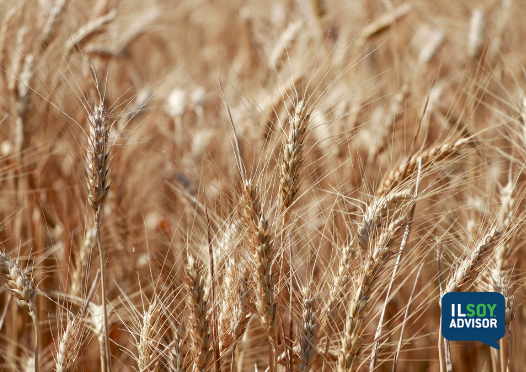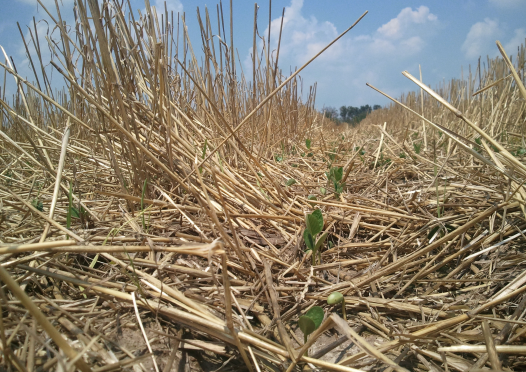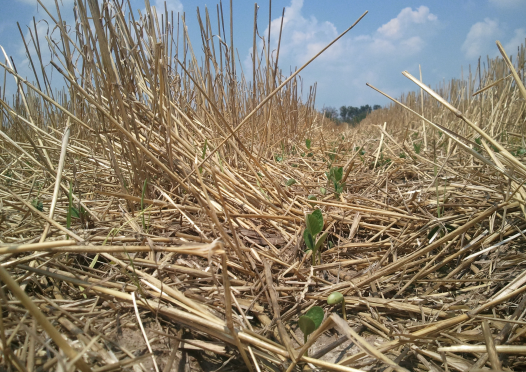ILSOYADVISOR POST
Timely Tips for Planting Double Crop Beans
Wheat harvest will begin in the southern-most tip of Illinois in just a matter of days, and double crop soybean planting will be right behind it. For many years, it was widely accepted that this crop of beans was just a bonus and that counting on any bushels from this crop was risky. We have discovered that with a few management tweaks and attention to detail, these acres can yield extremely well and will often compete with full season beans on yield.
Below are some discussion points around maximizing the yield of this crop:
Planting Date – The data supports that every day in June is worth about one bushel of yield, in very general terms. One way to achieve the earliest possible planting date is by harvesting the wheat as soon as possible. Many growers have gone to harvesting at moisture levels in the high teens with some growers even stretching into the 20s. This not only gets a five to seven day jump on bean planting, but maintains wheat grain quality. Planting as early as possible also helps avoid potential frost damage in the fall, like we saw in 2020.
Seeding Rate – “Plant them as thick as your wallet will allow.” That was always the standard answer to the question of planting rate. In today’s world, we have figured out that we can achieve very high yields at populations to the high side of “normal.” Conditions at the time of seeding will always take precedence, but seeding rates in the 165,000-195,000 range are what most growers are using to achieve adequate stands.
Stand Establishment – Perhaps the most difficult part of double cropping soybeans is stand establishment. As growers have pushed and maintained higher wheat yields over the years, that means more straw; and more straw makes it much more difficult to achieve even stands.
- Combine Chopper settings – Set the fins on the chopper to distribute the straw as evenly as possible across the entire width of the header. Especially with lodging in the wheat, there is a lot of straw coming out of the back of the combine across a 25- to 40-foot header.
- Row Cleaners on the planter – This is an equipment practice that is becoming more common every year. Running the row cleaners creates a path in the heavy residue that allows the seed to be precisely placed in the soil and avoids most of the “hair-pinning” of the residue in the seed slot.
- Plant to conditions that day – Most years, it’s either really wet or really dry at this time of year. I have seen some instances where it takes a 1.5-inch to 2-inch planting depth to get them up.
Seed Treatments – There is often a tendency to want to save dollars spent on seed treatments on this late-planted crop. However, the case can be made that these beans will be planted into a harsher environment than early season beans. Think about a saturated soil covered with a thick mat of straw. There may also be considerable insect pressure in this environment.
Variety selection and maturity – Select for taller, growthier varieties to compensate for the lack of time these beans will have in the field and to ensure they have good pod set opportunity. Maturities over the years have fluctuated, and any variety that is adapted to your area and has the characteristics above will usually work. The most common maturities for Southern Illinois are in the 3.8 to 4.8 range.
Double crop soybeans combined with a good wheat crop can be the most profitable crop rotation, especially on lighter soils. With a little attention to detail and focus on the crop at planting, you can ensure the yield on these acres isn’t far off from the full season acres. Sixty to 65-bushel double crop beans are becoming more common every year.





Comments
Add new comment